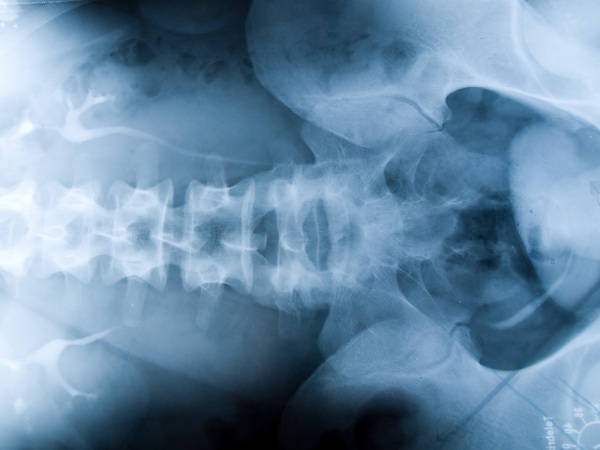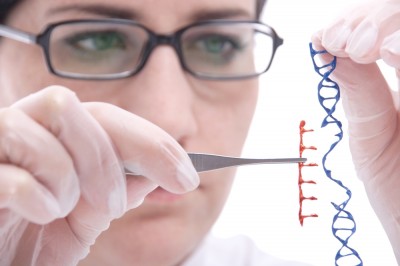
The study looked at 34 pet dogs who had received a trauma which caused paralysis. The scientists harvested olfactory ensheathing cells (OEC) from the dogs. These cells are the only part of the body that continues to grow in adult humans. The OEC’s promote nerve cell replacement, which led scientists to hypothesize that they could be used to repair the spinal cord. Theoretically, transplanting the cells in the spine would cause them to promote spinal nerve cell replacement.
The scientists grew additional olfactory ensheathing cells from the harvested ones in a laboratory setting. These cells were then injected into the injury site on 23 of the dogs. The remaining 11 dogs were injected with a neutral fluid as a control group. The study was a double-blind trial. Four of the dogs died through the trial, but post-mortem examination showed the deaths were unrelated to the study.
The results showed that the dogs who had received the OEC’s regained stepping function in their legs. The report states, “The results of this study show unequivocally that injection of olfactory mucosa-derived cells in a blinded randomized trial is associated with improvements in locomotor outcome in chronic clinical spinal cord injury.” The dogs were able to step with their hind legs in coordination with their forelegs. However, the nerve connections did not connect the brain with the spinal cord, limiting the benefit of the OEC’s. While the legs could move, the dogs had no conscious control over them. They only walked in response to the forelimbs walking.
The study is the first piece in a long series of testing towards curing spinal damage. Professor Geoffrey Raisman, the chair of Neural Regeneration at the University College London, commented on the results. “This is not a cure for spinal cord injury in humans – that could still be a long way off. But this is the most encouraging advance for some years and is a significant step on the road towards it.” Raisman discovered olfactory ensheathing cells in 1985. Raisman continued, “This procedure has enabled an injured dog to step with its hind legs, but the much harder range of higher functions lost in spinal cord injury – hand function, bladder function, temperature regulation, for example – are yet more complicated and still a long way away.”
View a video of one of the trail dogs before and after surgery at BBC.
Source: BBC, Brain: Oxford Journals



